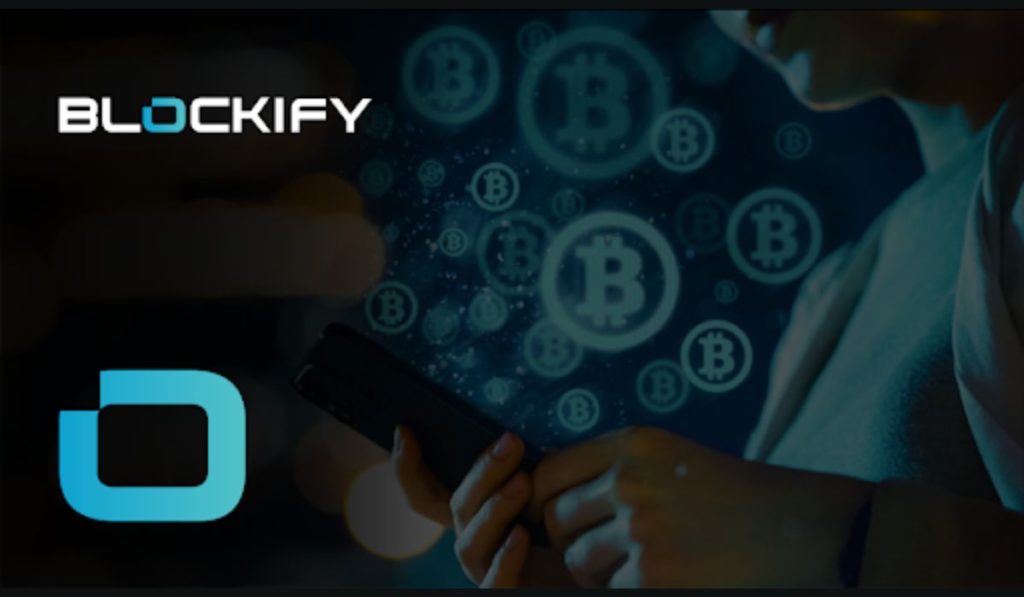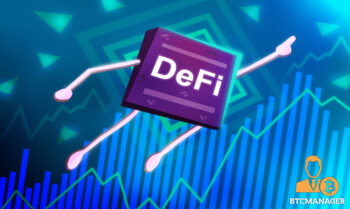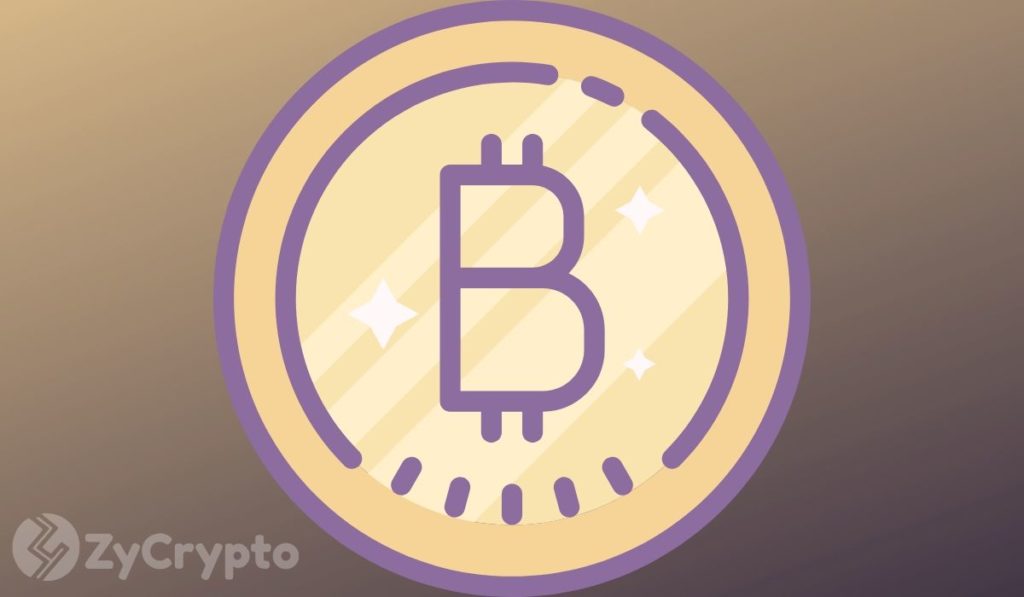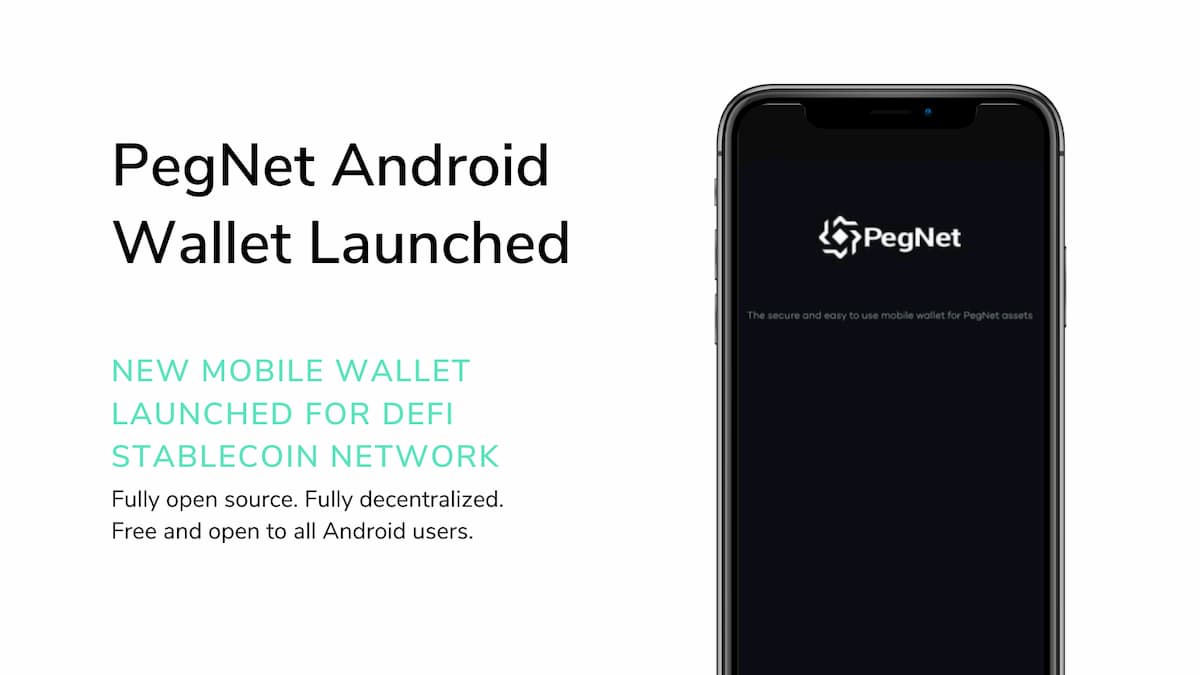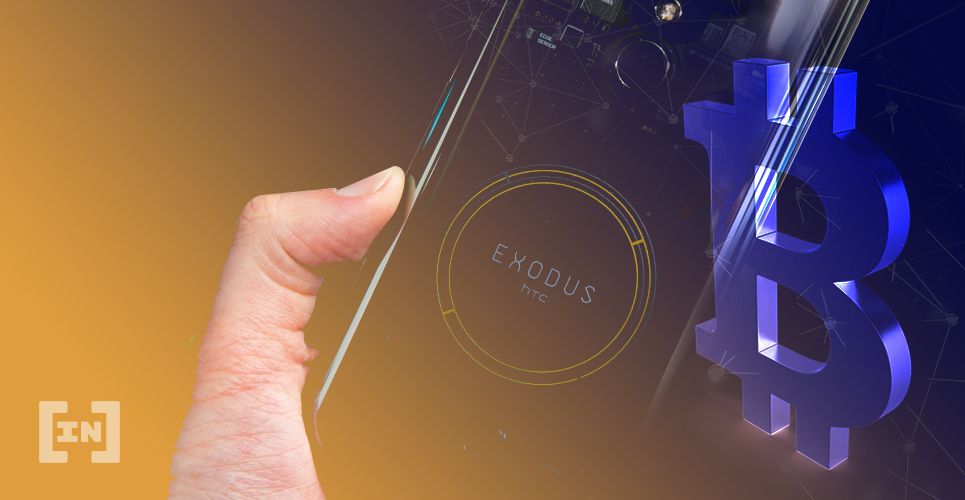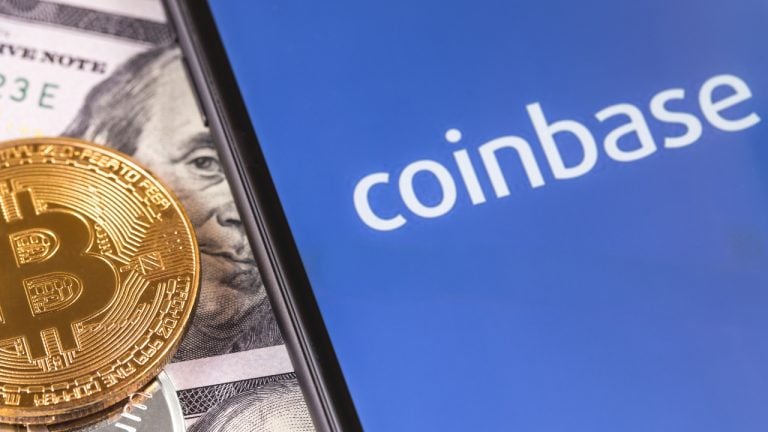
2020-12-11 13:34 |
What will it take to get decentralized finance (DeFi) to deliver the promised land of low fee financial services owned by its users? Many DeFi users will argue that day is already here. They are enjoying 10–30 times higher interest from liquidity pools than traditional savings accounts and lending rates under 1 percent across many crypto assets.
No one can argue against the advantages the transparent and interoperable digital ledger technology (DLT) hosting DeFi platforms bring to financial services. But like traditional financial markets, DeFi is fraught with risks. Among the prevalent risks, users face price volatility, cyber hacking, and liquidity crises. Money can be made and lost in a flash.
These risks have not deterred the explosive growth in crypto assets flowing into DeFi. Over the past year, the amount of crypto assets flooding into DeFi increased 22-fold to $14.7 billion.
The digital ledger technology (DLT) delivering innovative interoperable financial services is now raising the bar on risk management solutions. Here’s a look at the novel DeFi risk management products taking control of bad actors, buggy smart contract code, and large price swings.
The Rise in Hacks and Exploits of DeFi ProtocolsLike traditional financial services, the number one trust issue between DeFi services and its users is cyber hacking. Most recently, the food-themed DeFi craze was hit with the $19.7 million hack of the DAI Pickle Jar on DeFi protocol Pickle. The token of Pickle, which hosts liquidity pools for four of the top stablecoins, lost half its value.
Hackers are following the money into DeFi. Half of the $99.2 million in crypto hacks in 2020 came from increasingly popular DeFi protocols and exchanges, representing 20 percent of all hacks. In the largest hack of the year in September, $280 million was stolen from the KuCoin exchange. Ransomware pirates are taking decentralized exchanges (DEXs) hostage, and later laundering the proceeds on the crypto exchanges.
But there’s a crucial difference. Many of the lost funds from DeFi platform hacks are being recovered. The blockchain’s transparency and trackability make it possible to catch the thieves in their digital tracks. White hack hackers came to the rescue of Pickle and traced the exploit to a smart contract. Likewise, KuCoin recovered 84 percent of its lost funds.
Regulators are starting to groan as losses from DeFi’s growing pains mount, but is regulation the answer? Fortunately, the digital ledger is developing its own risk management products to control DeFi financial risks.
Staking Insurance and Sharing in the PoolFor a glimpse of the future of financial services, users need only look at the rapidly emerging DeFi insurance industry. Insurance products and services built on DLT are providing innovative ways to share the risks and rewards of underwriting insurance.
The insurance industry supports a billionaire-dollar industry of adversarial experts to discredit your insurance claims. Nexus Mutual is stripping out the costs of the adversarial insurance system with a “people-powered” smart contract. On blockchain platforms, the insured are also owners of the platform, hold an interest in the platform token and profits, and vote on claims and community governance issues.
The insured back smart contact policies by placing their insurance premiums in reserve pools. The Nexus Mutual Token (NXM), for example, is used to purchase insurance for DeFi risks from Nexus Mutual. The premiums paid go into the capital pool. When stakers stake NXM in an insurance pool, they become the coverage providers. A new feature shield mining pays NXM stakers in NXM and the native tokens of listed projects.
Nexus Mutual provides coverage for smart contracts, DAO hacks, Parity multi-sig wallets, and soon crypto wallet coverage. Hedge funds and other large investors are purchasing the smart contact cover for Balancer, Curve, and other large yield farming pools. The alternative insurer recently covered losses to accounts on yield farming platform bZx after it was hacked through a smart contract exploit.
The big institutional money can now get coverage when storing large crypto sums with custodians for safeguarding. Nexus recently introduced custody cover. If the custodian of your funds gets hacked or withdrawals are halted, your funds are insured. DEXs the Celsius Network and BlockFi, and crypto bank NexoFinance are some of the users of the coverage.
The insurance pool, in turn, can invest capital reserves in lower risk DeFi products backed by insurance. Traditional insurers place their capital reserves in conservative securities. Savings account and money market rates are currently floating under one percent. Decentralized money market funds are paying in excess of six percent. The average staking reward rate has jumped from 12 to 20 percent over the last year.
Nexus Mutual has a market cap of $150 billion, with xx percent staked. The alternative insurance provider has raised about $200,000 in seed financing.
DeFi Risk Management OptionsBut what if a hack or flash crash wipes out a decentralized exchange (DEX)? Traditional insurers including the esteemed Lloyds of London are starting to offer insurance against cryptocurrency hacks. But to get traditional insurance, you need to go through an intermediary’s underwriting process — a lengthy risk assessment — and pay high premiums.
Opyn is offering put options on stablecoin deposits called oTokens against catastrophic risk insurance — a risk previously only covered by traditional insurance. On popular DeFi lender Compound, a depositor of DAI or USDC receives cDAI or cUSDC in exchange. For a small fee, the depositor can then buy oToken put options on the stablecoins with a, say, two-month expiry date.
In the event of a catastrophic hacking, liquidity or other event, the Compound user simply turns in their oTokens for the stablecoin. No underwriting process, no questions asked — truly trustless insurance protection.
Opyn users also can buy traditional option protection to hedge the upside or downside of ERC-20 based tokens through protective put or call options. These options provide the right to buy or sell the underlying ERC-20 tokens anytime before the expiry date to hedge against a price decline or profit from a price rise, respectively.
For example, to hedge downside risk in the Curve (CRV) token, a buyer buys eToken options for a small options premium, say $5. To obtain oTokens, the buyer deposits ERC20 or ETH as collateral specifying an underlying asset (e.g.,CRV), strike price of, say, $100 and expiry. The price of CRV falls to $80. The oToken holder can exercise their right to sell the CRV at $100 or sell the UNI for $100. Either way, the oToken options holder only loses the $5 options fee.
oTokens can be used to hedge price risk, volatility and flash crashes. Opyn recently introduced put options on the Curve token, and is rolling out more options for other popular DeFi markets. Opyn raised $2.16 million in June in an investment round led by Dragonfly Capital.
Insuring ‘Getting Paid’ Anywhere in the WorldDeFi is indeed a land of opportunity. DeFi users have higher earnings opportunities by replacing middlemen and acting as lenders, peer-to-peer traders, and yield farmers. These earnings opportunities introduce one of the most feared risks in financial markets, counterparty risk — the risk the party to a transaction will not pay.
As P2P trading booms, over-the-counter (OTC) counterparty risk is rising. Traders use customized OTC trades to increase earnings potential and reduce risk, but it’s a Faustian bargain — in exchange for the perfect hedge, traders are exposed to high counterparty risk.
This big, scary risk can now be mitigated with a PAID token. The PAID Network has folded escrow and legal protection into a smart contract to reduce transactional risk. When using the PAID SMART Agreement, users simultaneously execute escrow and legal risk protection when they execute a trade contract.
Most users of PAID SMART Agreements use the built-in escrow to guarantee payment. For various reasons, parties to an agreement may not want to use escrow. In these instances, they have a low cost alternative: the PAID insurance policy. All or part of a DeFi payment can be insured using the programmable digital smart contract.
Insurance contracts are executed by paying the premiums with PAID tokens, which are deposited in the insurance pool. Stakers fund the insurance coverage by depositing their funds in exchange for a premium. Each earns their proportional share of the premiums after claim deductions.
Once the SMART Agreement is executed, the party can instantly purchase insurance from the PAID Network with the executed SMART Agreement and digital identities (DIDs) of both parties. The DID is key to lowering your insurance premiums. Parties to an insurance contract pay lower premiums as their reputation score improves. Users of the PAID mobile wallet can take their DIDs and reputation scores with them, and benefit from a high reputation in other transactions.
Businesses and individuals can use PAID SMART Agreements for any transaction anywhere in the world. The PAID Network has placed the entire contracting process on one instantly executable smart contract. The borderless legal contract covers contracting risks end-to-end (negotiation, transaction, arbitration).
Or users may choose the insurance coverage. Many businesses are entering contracts partially naked — that is, exposed to inadequately covered risks insurers will not touch. PAID token holders can choose among different PAID insurance pools or form a new pool and customize the terms of the policy.
The Alphabit Digital Currency Fund, which has $30M in assets under management, is leading the first funding round for the PAID Network.
Unsurprisingly, hackers and other bad actors are following the money into DeFi. But do not expect DeFi users to run back to traditional financial services. Through innovative decentralized risk management products, trusted and manipulable insiders are being removed from DeFi. DeFi could become the safest and most secure place to invest your money.
origin »Defi (DEFI) на Currencies.ru
|
|

